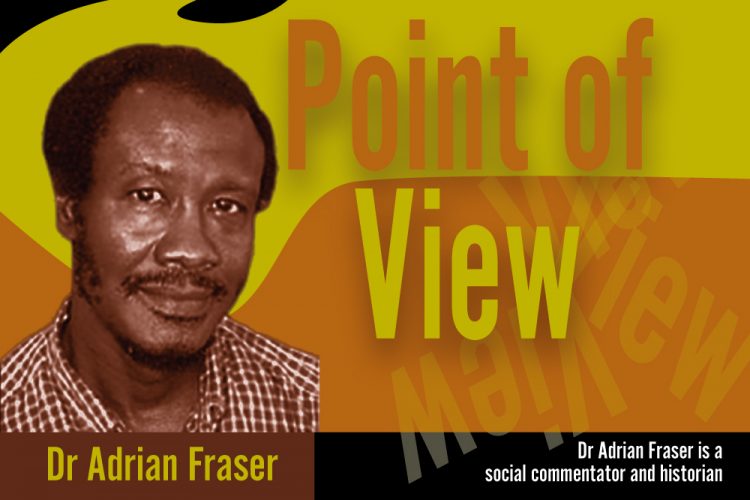The University of Wales – SVG connection

Thirty-seven Vincentian students are now in the United Kingdom pursuing undergraduate studies in a number of subject areas at the University of Wales. Reports are that they had a warm welcome and were provided with packages of food, warm clothing, and other essentials. Of course, there is nothing better than having a warm welcome in winter! They are fortunate to have been selected to attend the University of Wales, Trinity St. David at this time. This year is a special one for the University. It is its bicentennial anniversary, having been founded in 1822. What makes it special for the students and for the University is that one of its benefactors was from 1821 to 1851 when he died, the proprietor of the Campden Park estate in St. Vincent. Shortly after its acquisition Thomas Phillips was able to purchase 85 slaves from Carriacou. The slave trade had been abolished from 1808 but special licenses were at times granted, allowing the transfer of slaves from one British Caribbean colony to another.
St. David’s College, Lampeter, was the original name of the University of Wales, now University of Wales, Trinity, Saint David. It was the third oldest University in the UK after Oxford and Cambridge. As it set about commemorating its 200th anniversary there are persons at the University who are aware of the connection of one of its benefactors and founding fathers with St. Vincent. In this era when the issue of reparations is very much in the air and universities have been out front researching any connections they might have had with slavery, the move by the University of Wales is indeed a welcome one. I need to make the point that many Vincentians are lukewarm to the issue of reparations seeing it simply as an opportunity for money to be handed over to those who hold political offices to be used as they deem fit. But the matter is not that simple. It has been pointed out that one of the possible avenues for granting reparations is by offering educational opportunities for students from countries which had gone through the evil period of slavery.
Staff bulletins at the University last year had been preparing the atmosphere for welcoming the students, providing information about the eruption of the volcano and about the country generally, and looking at the involvement of one of their benefactors with slave ownership on one of the country’s estates. Phillips had purchased the estate for £ 40, 000. When he acquired the estate the slave trade had been abolished for 13 years and it was another 13 years before slavery ended. He held on to it after emancipation, until his death in 1851. In 1834 he was paid compensation to the amount of £ 4, 737.8.6. He had spent the larger part of his career in India where he joined the East India Company and worked as a surgeon and also became involved in other forms of business. From 1796- 1798 he was in Australia, then back to England from 1792- 1802 before returning to India as superintendent surgeon and member of the Bengal Medical Board, retiring in 1817 and reportedly returning to England as a wealthy person. Based on the original plan drawn by John Byres after the British had occupied St. Vincent in 1763, Camden Park as it was then, was divided into 3 lots of 276, 8 and 52 acres. By 1817 it was one estate with 164 enslaved workers, owned by the heirs of Sir John Boyd and John Trevanion. In 1822 Phillips had purchased 85 enslaved workers from Carriacou, taking the estate’s total of enslaved workers to 231. At the time of emancipation, the estate had 167 enslaved workers. Phillips served as an absentee owner and gave management of the estate to relatives, Thomas Whittal and following his death to his brother, John.
At a time when universities in the UK are researching connections their founders and benefactors might have had with slavery there will obviously be more focus on the Campden Park estate, particularly during the period 1822 to 1834 when slavery was abolished. Phillips continued ownership until his death in 1851. In his will he provided for a chair in natural sciences. The 2022 bicentenary celebrations will likely see some participation by St. Vincent and hopefully a strengthening of relationships with the University of Wales, with the hope of more scholarships to come, let us hope that our students by their performance will make this possible. I had hoped, given the incentive for these scholarships that a student from Campden Park or one whose great or great grandparents might have worked on the estate at any time, might have been one of the recipients of the scholarships. This would have been in keeping with Bassy’s thinking that “AH WANT ME GRAND-FATHER BACK-PAY”!
Dr Adrian Fraser is a social commentator and historian









